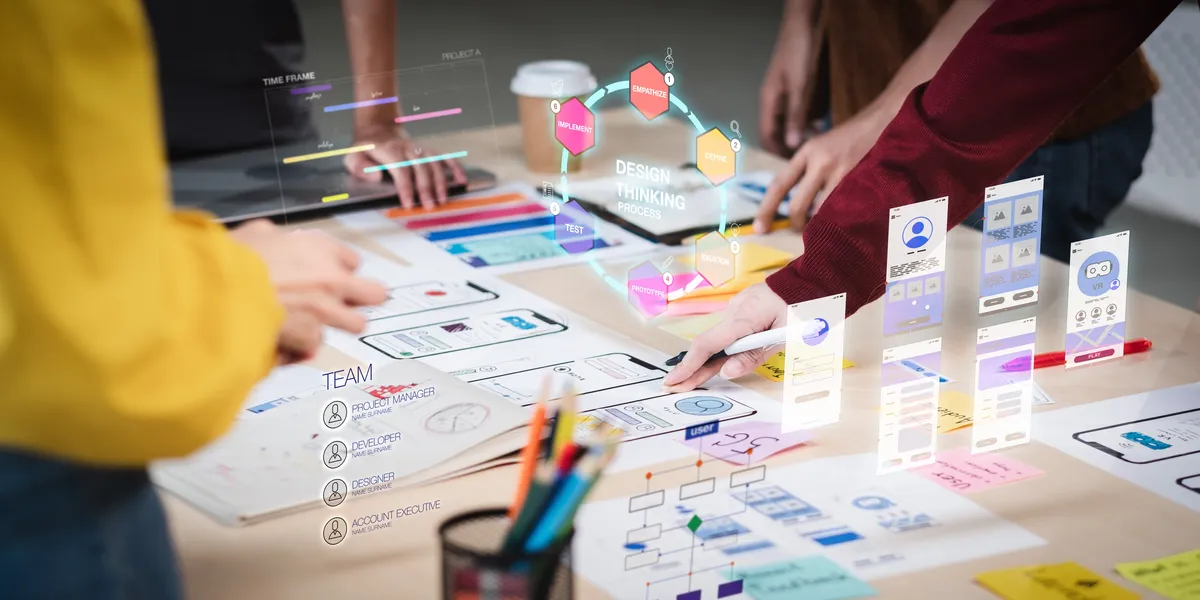List of Non-Coding UI/UX Development Technologies and Platforms
For beginners aspiring to pursue a career in UI/UX development without extensive coding, there are several non-coding based essential technologies and platforms that are crucial for creating compelling user interfaces and experiences. Here’s a list of non-coding UI/UX development tools and technologies to focus on:
1. Graphic Design Tools
- Adobe XD: A powerful design and prototyping tool that allows designers to create interactive prototypes and wireframes without writing code.
- Figma: A collaborative interface design tool that enables real-time collaboration, making it ideal for team projects. It allows designers to create interactive prototypes and design interfaces visually.
- Sketch: A vector-based design tool exclusively available for macOS. It’s widely used for creating user interfaces, icons, and web designs.
2. Prototyping Tools
- InVision: A prototyping tool that facilitates interactive and animated UI prototypes. It allows designers to create and share interactive mockups without coding.
- Marvel: An intuitive design and prototyping tool that offers a simple drag-and-drop interface to create interactive prototypes.
3. Wireframing Tools
- Balsamiq: A wireframing tool that focuses on low-fidelity wireframes. It’s user-friendly and allows quick sketching of interface ideas.
- Axure RP: A comprehensive prototyping tool that supports both low-fidelity and high-fidelity wireframes. It enables designers to create complex interactions without coding.
4. User Research and Testing Tools
- UserTesting: A platform that allows designers to get feedback on their designs by conducting user testing sessions remotely.
- Optimal Workshop: A suite of tools for information architects and UX designers, including card sorting, tree testing, and first-click testing, to optimize website navigation and structure.
5. Animation Tools
- Principle: A user-friendly tool for creating animated and interactive user interfaces. It allows designers to design custom animations and interactions without writing code.
- Haiku: A design tool for creating animations and interactive components that can be directly embedded into web applications.
6. Collaboration Platforms
- Slack: A team collaboration platform that facilitates communication among team members. It’s useful for sharing design files, getting feedback, and staying organized.
- Asana: A project management tool that helps teams plan, track, and manage work. It’s effective for organizing design tasks and collaborating with team members.
7. Content Management Systems (CMS)
- WordPress: While it involves some coding, WordPress offers user-friendly visual editors and plugins that allow designers to create websites without extensive programming knowledge.
- Wix: A website builder that offers a drag-and-drop interface, allowing designers to create visually appealing websites without writing code.
By mastering these non-coding based UI/UX development technologies and platforms, beginners can excel in designing intuitive and user-friendly interfaces, making them valuable assets in the web design and development industry.

